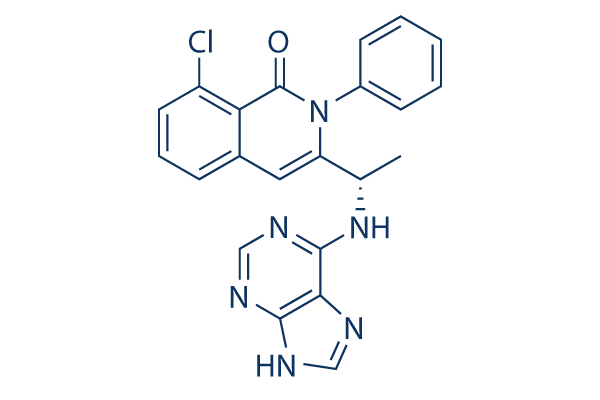In order to get rid of soluble p53 protein, lysates had been incubated with gently shaking for 10 min and insoluble materials was collected by centrifugation at 800 g at 4?C for 5 min. Pellets have been re suspended in 0. five ml of sonication buffer containing 0. 25% SDS, 200 mM NaCl, one hundred mg ml of sonicated salmon sperm DNA and protease inhibitors and had been sonicated to shear DNA to lengths involving 150 and 500 base pairs working with a Misonix S 4000 sonicator with a plate horn. Soon after 10 fold di lution in ChIP dilution buffer, IPs were carried out overnight at 4?C with 2 ?g of anti p53 or 2 ?g of standard IgG as a negative manage. Fifty microliters of Dynabeads pro tein G magnetic beads had been extra to every sample for two three h, as well as the beads were then washed as indicated in the Upstate Biotechnology ChIP protocol. DNA was eluted first of all with a hundred ?L of TE with 1% SDS for ten min at 65?C and also a 2nd time with 150 ?L of TE with 0.
67% SDS for an extra 10 min at 65?C. The cross backlinks were reversed overnight at 65?C. RNase A was additional in the know and incubated at 37?C for 30 min after which Proteinase K for two h at 56?C. DNA was then purified by QIAquick PCR purification KIT columns. Immunoprecipitated DNA was analyzed for p53 occupancy on picked chromosomal web-sites sur rounding the predicted miR associated p53 REs by RealTime qPCR and fold enrichment of p53 binding for the respective DNA sequences was calculated by the comparative Ct method as described previously. RealTime qPCR was carried out with all the KAPA SYBR Green PCR combine and all primers were checked for equal amplification efficiency. All PCR benefits have been normalized to input controls. Three various DNA loci had been made use of as ChIP adverse controls. Sequences of all ChIP primers are available on request.
Outcomes and discussion Identification of functional p53 response aspects in miR genes We applied a predictor device for p53 RE transactivation po tential to determine candidate p53 REs inside regulatory regions of miR genes or promoter areas of prolonged noncod ing RNAs containing pri miR clusters. Based upon this ana lysis several novel p53 target miRs can be predicted. To confirm p53 responsiveness of your identified p53 REs we initial applied chloroxine a nicely established quantitative re porter assay from the budding yeast Saccharomyces cerevisiae. This assay was picked because it provides a defined ex perimental method to measure transactivation likely of the panel of REs every cloned in the similar chromosomal loca tion in isogenic derivative reporter strains exactly where wild sort or mutant p53, too as p53 associated  proteins p63 and p73, is usually expressed, one at a time, from a inducible pro moter. 15 candidate miR associated p53 REs were studied. The validated miR 34a p53 RE was integrated being a favourable handle.
proteins p63 and p73, is usually expressed, one at a time, from a inducible pro moter. 15 candidate miR associated p53 REs were studied. The validated miR 34a p53 RE was integrated being a favourable handle.
Microrna Library
MiRNAs are abundant in many mammalian cell types and as extracellular circulating miRNAs.
